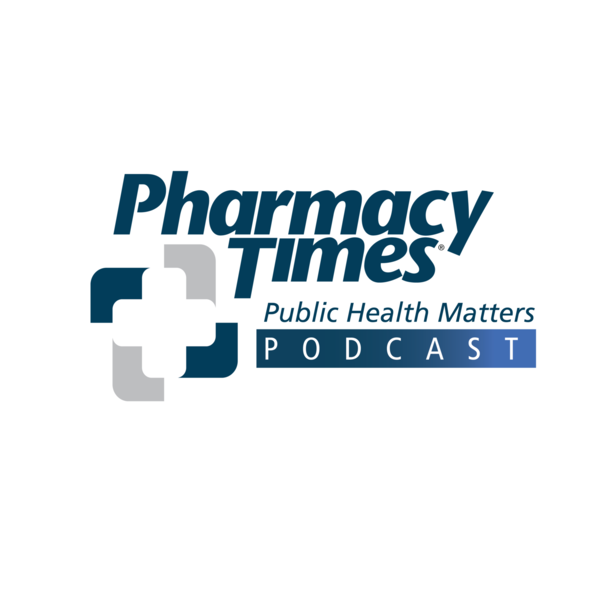Article
Landscape Shifting for Treatment of Hemophilia
Author(s):
Patients with severe hemophilia are at the highest risk for spontaneous bleeds, therefore are associated with the highest costs.
Hemophilia affects approximately 13 out of every 100,000 lives. “Looking at this through the lens of a payer, we know that hemophilia is a rare disease. It’s also a very expensive disease,” said Sam Leo, PharmD, director, specialty clinical programs, Magellan Rx management, during a session at the Academy of Managed Care Pharmacy’s Managed Care and Specialty Pharmacy Annual Meeting held April 23-26, in Boston, Massachusetts.
He continued: “Even though it’s a rare disease, it’s common enough that most groups are going to be dealing with hemophilia patients in their network.”
Leo began the presentation by explaining that when classifying patients with hemophilia, there are several differentiators. First, you can classify them based on their factor deficiency—whether they have hemophilia A or hemophilia B. He noted that hemophilia A is 4 times more common than hemophilia B. Patients can also be classified on their disease severity, whether it be mild (about 25% of patients), moderate (about 15% of patients), or severe (about 60% of patients).
These factors play a key role in how these patients are treated, said Leo. Patients with severe disease are those who are at the highest risk for spontaneous bleeds, therefore they are utilizing prophylaxis factor replacement therapy and are associated with the highest costs.
The last differentiator is patients with inhibitors. According to Leo, 20%-35% of patients develop antibodies that reduce the efficacy of replacement products, leaving them with less treatment options and thus are more complex to treat.
Leo then moved on to the current treatment landscape for the disease. “One thing we can certainly say is we don’t have a limited number of products to choose from,” said Leo. Currently, there are 48 drugs on the market, compared to just 1 that was available 40 years ago.
Click to continue reading on The American Journal of Managed Care.






